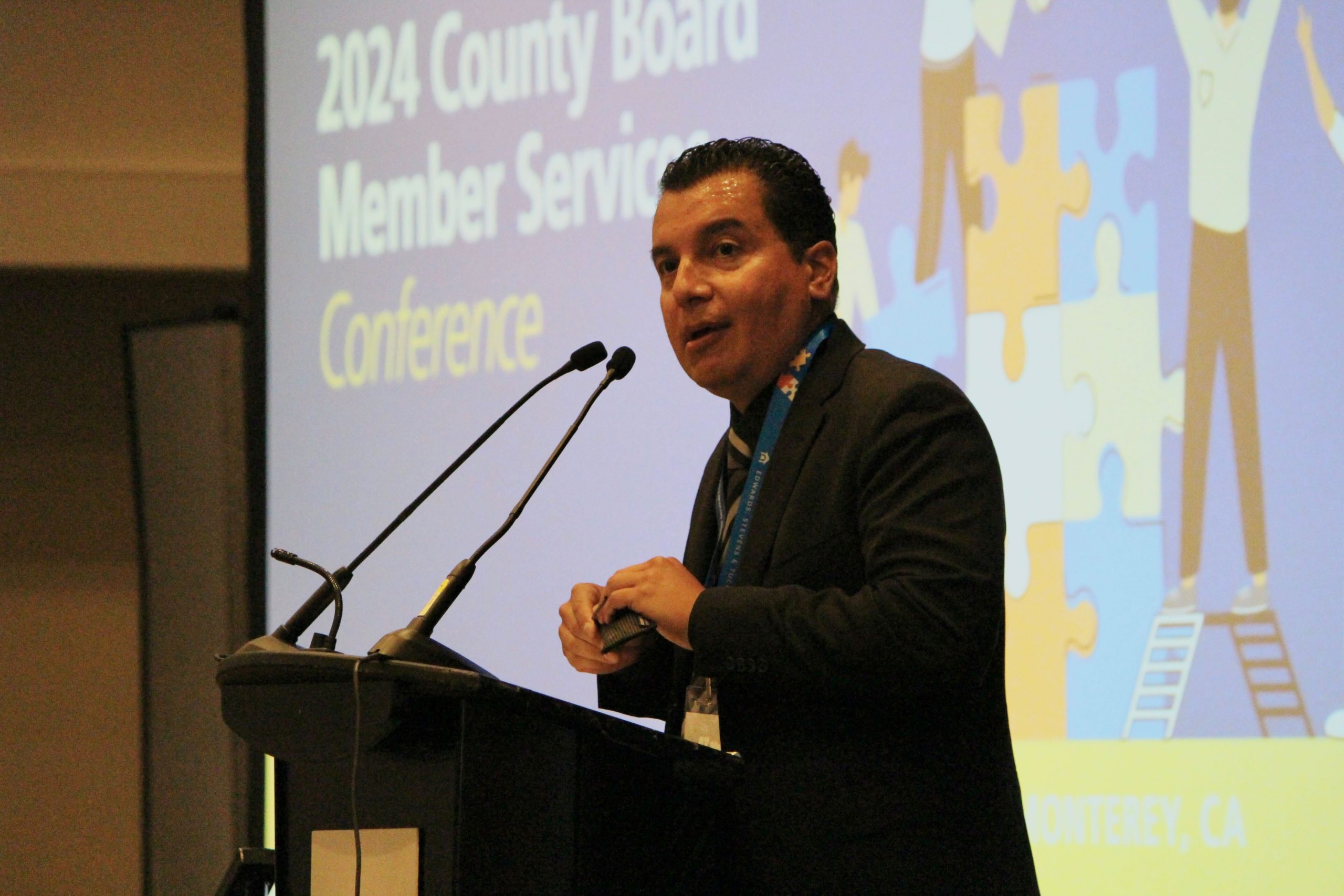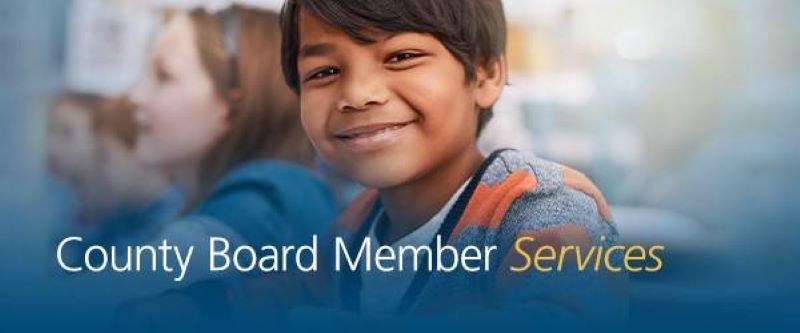CSBA has hosted a student board member program for several years, but at nearly 100 student participants, the discussions and variety of student input at the 2019 Annual Education Conference and Trade Show was perhaps the most robust to date.
During one breakout session on Dec. 5 in San Diego, small groups of students were asked to brainstorm a handful of topics for which they would like to have sample policies to bring home to their local districts and schools. The room would vote on about five topics that the student board members would then dive deeper into during their time at AEC.
At one table sat Westlake High School representatives for the Conejo Valley Unified School District Mikayla Quintana and Jordan Scott. They discussed the academic pressure cooker-like environment on their campus, and the extreme stress they and their peers felt while working toward attaining top accolades — all while participating in extracurriculars that would make them more attractive to top colleges and universities. Quintana and Scott said that despite an increase in mental health supports in recent years, there still were not enough counselors available to serve all the students at their campus. Other students at their table agreed.
Meanwhile, El Monte Union High School District student board member Angel Jimenez addressed students smoking e-cigarettes on campus so often that much of the student body no longer flinches when a fire alarm goes off. They assume it’s a false alarm caused by students vaping in the restroom. Nearly every other student board member laughed in agreement, noting similar instances in their own schools.
It is vital that trustees help student board members use their passion and experiences both in and out of school to make their voices heard while helping these young leaders develop a strong foundation and understanding of governance, said Myel Jenkins, a manager in CSBA’s Association Education department.
In addition to providing student board members the opportunity to problem solve and share best practices, Jenkins said the intent of the brainstorming activity at the AEC workshop was to provide students with an opportunity to think through a policy lens.
“As student board members, they may all have a different onboarding process, so part of the work at AEC is to help them think about being a part of a governance team,” Jenkins said. “As part of that team they are going to have to tackle issues much differently than as an individual, so we want to help them with that transition to making policy decisions as a governance team.”
How youth participation on school boards benefits districts
Student board members can bring valuable insights to the table when it comes to determining what effect policy decisions could have on the student body or getting to the root of student concerns to determine how best to allocate resources.
“With student board members, what’s so exciting is that they come with the viewpoint of those who are on the receiving end of the district policies, so they have a very different perspective as young people who are in our schools living the day-to-day life than school board members who are parents or teachers or community members because of the lens they bring,” Jenkins said. “It’s important to encourage authentic participation of student board members and really pay attention to the student board member voice and not just tokenize them — they have a valid viewpoint that can help inform how the school board governs their district.”
Student participation in district governance, however, can only be truly realized if school board members actively seek to include their student board member.
There are myriad ways governance teams can better integrate their student board member. CSBA encourages boards to provide learning opportunities to student board members through trainings, workshops and conferences, such as AEC, through which students are introduced to the principles of good governance and have the space to share ideas on best practices and build a network of support among their peers. Boards can also provide incoming student board members with an orientation designed to build knowledge of the district and an understanding of the responsibilities and expectations of their new position.
Student board members have the right to attend and participate in all open meetings of the board, be recognized as full members and cast preferential votes on all open session items, meaning their vote conveys a formal expression of opinion that is recorded in the minutes, but does not affect the final numerical outcome of the vote. Student board members must also receive open meeting materials and staff briefings at the same time as other board members, and, pursuant to new law that will be further explored in the January 2020 edition of California School News, receive any other materials distributed to the board between meetings as long as they do not pertain to closed session items.
That law, established by Assembly Bill 709, also allows student board members to serve on subcommittees of the board if they so choose, receive elective course credit for service as a student board member at the discretion of their board, and be invited to attend functions of the board, such as forums, meetings with students and parents or guardians and other general assemblies.





